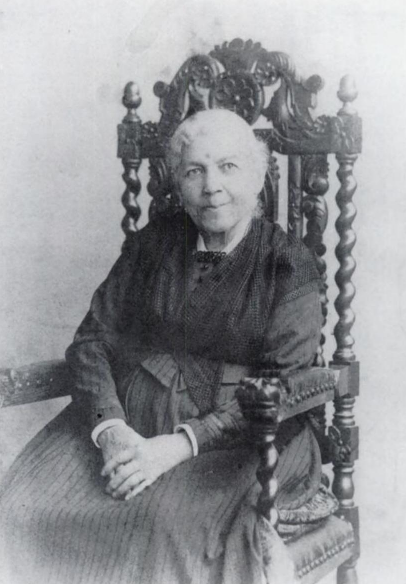Harriet Jacobs, Frederick Douglas and Elizabeth Stanton all created works of literature that served as social commentary on equality. Not only were the rights of black versus white people being talked about, but also between men and women. Although these three individuals created works on similar topics, the ways they made the issues relevant were anything but.
Elizabeth Stanton’s speech at the Seneca Falls discussed the issues of women’s rights. It discussed things such as religious, social, and also civil rights of women. The convention aimed to reform the role of women in society and enforce new policies. Although elites in society ignored this issue, the women fought and demanded that their rights be granted.
Frederick Douglas spoke of slavery and his personal experiences with it, which made his speech much more empathetic. He described the unjust, unreasonable and oppressive nature in which slaves were treated. In a sense, Harriet Jacobs combined both of these works as she was a women, but also one who lived in slavery. Additionally, the fact that she was even able to create her work, “Incident In The Lives Of A Slave Girl”, shows that she was educated. This was unlike most females and even men who were also slaves at the time. She places the reader into her shoes, through the use of the character Linda Brent. She is able to make the reader feel much more connected by being blunt and honest with her experiences. For example she states”Reader, it is not to awaken sympathy for myself that I am telling you truthfully what I suffered in slavery. I do it to kindle a flame of compassion in your hearts for my sisters who are still in bondage, suffering as I once suffered” (Jacobs 161). Although this narrative is told in the form of a book, lines like these still give a powerful message to the reader, similar to Frederick Douglas’ Speech, and the women of the Seneca Falls Declaration.
